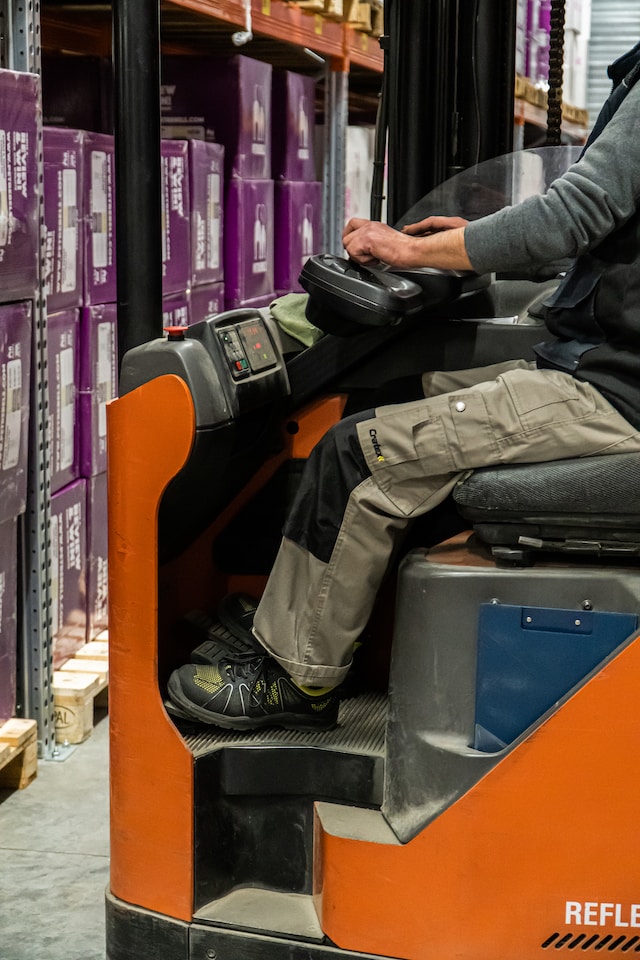Acquiring Storing and Inventorying Resources Are Part of Which NIMS Characteristics
I’ve always found it fascinating how elements of the National Incident Management System (NIMS) seamlessly come together to form a cohesive strategy for emergency management. One such integral element is Resource Management, and I’m eager to delve into how acquiring, storing, and inventorying resources are part of this characteristic.
The primary goal of NIMS is to ensure a systematic approach for managing incidents. It’s here that Resource Management plays a key role. We’re not just talking about physical items like water or medical supplies, but also personnel, teams, equipment and facilities – all crucial pillars that uphold an effective response strategy.
To truly understand the depth of Resource Management in NIMS, let’s take a look at its three core processes: acquisition, storage, and inventorying. Each process has its own significance yet they intertwine perfectly to support operations during an incident. By mastering these components within our resource management system we can elevate our preparedness level for any situation that may arise.

Understanding NIMS Management Characteristics
Peeling back the layers of the National Incident Management System (NIMS) can seem quite daunting. However, I’m here to make it a little easier for you. At its core, NIMS is designed to provide a consistent framework for incident management across multiple jurisdictions and disciplines.
One key aspect that often comes up when discussing NIMS is the concept of resource management. This involves acquiring, storing and inventorying resources – an essential part of any successful incident response strategy. Picture it like this: imagine having all the tools at your disposal but not knowing how many there are, where they’re stored or even how to use them properly. It’d be chaotic, right? That’s why effective resource management is such a critical component in NIMS.
When we talk about ‘resources’, we aren’t just talking about physical items like vehicles or equipment. We’re also referring to human resources – personnel with specific skills and training needed to handle various aspects of an incident response.
So, what does good resource management look like within the context of NIMS? Well, it’s all about being organized and efficient.
- Firstly, resources need to be acquired based on an accurate assessment of requirements
- Next comes storing these resources in such a way that they remain ready for deployment whenever necessary
- Finally, maintaining a precise inventory ensures that everyone involved knows exactly which resources are available at any given time
In essence then, acquiring storing and inventorying resources represent a crucial piece in the larger puzzle that is NIMS’ characteristic traits. But remember – while these activities form an important subset of resource management under NIMS guidelines, they’re not alone! Other fundamental principles include coordination with other agencies, continuous reassessment and adaptation as incidents evolve over time.
It’s my hope that this dive into understanding one aspect of NIMS characteristics has provided some clarity on this intricate yet vital system for disaster preparedness and response.

